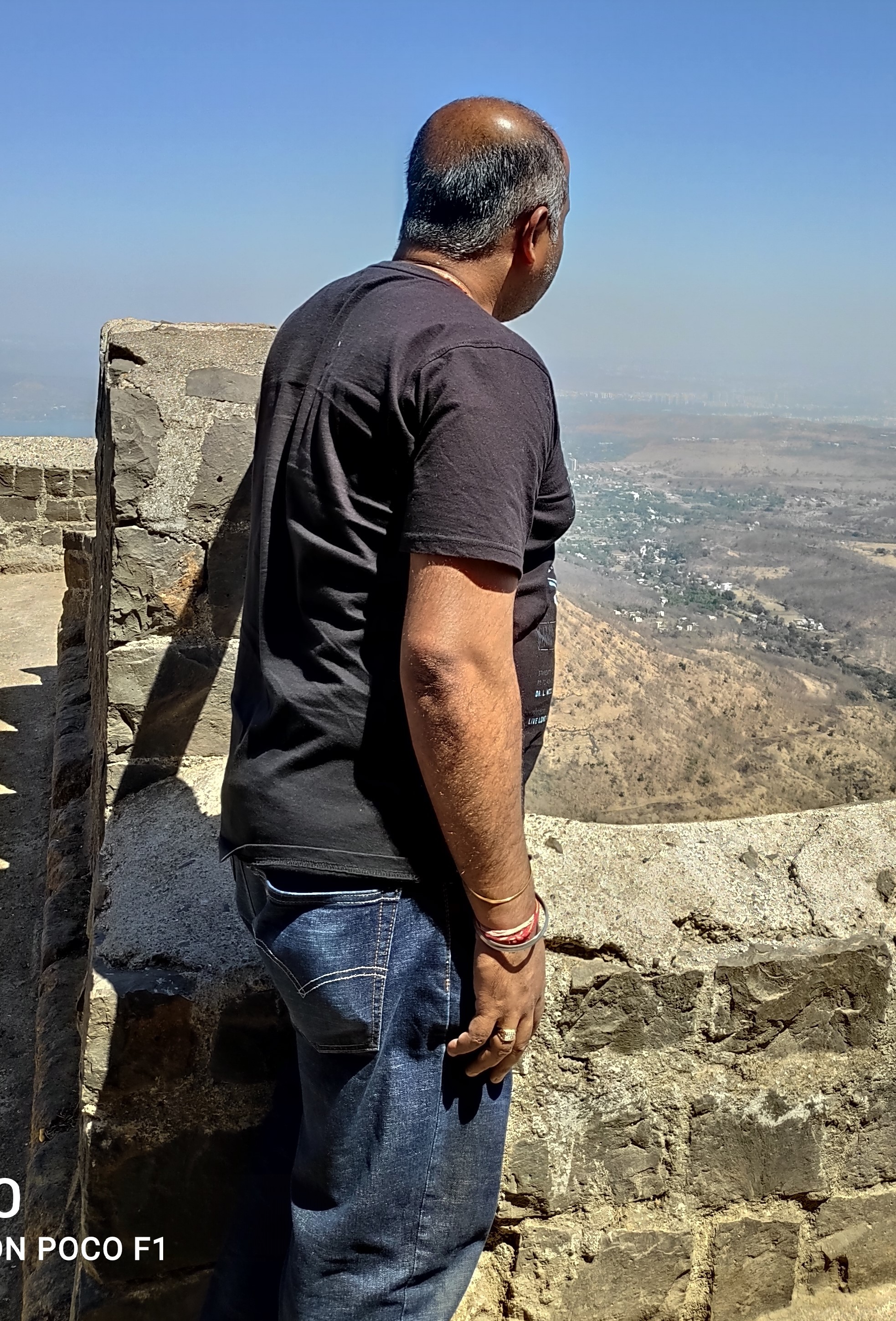Divyastra: Significance of the AGNI V MIRV
- In Military & Strategic Affairs
- 11:21 AM, Mar 19, 2024
- Soumik Pyne
The late 1990s and early 2000s saw multiple instances where missile trials by India were delayed. In some cases, even cancelled so that New Delhi would not have to face the ire of Western countries for developing military technologies that they decreed India should not have. In fact, the West went out of its way and denied India access to technologies like cryogenic engines so India as they hoped would never be able to develop long-range missiles capable of intercontinental reach. It is to the credit of relatively unknown DRDO scientists working on the Integrated missile development program under Dr. APJ Abdul Kalam and his successors that they persevered and developed the technologies required to give India the reach it needed to secure its deterrence. The efforts of all those unsung men and women reached a pinnacle when at 5:34 pm on the 11th of March 2024 the Prime Minister of India Narendra Modi posted a small simple message on the social networking platform “X” stating simply that he was proud of DRDO scientists for the first flight test of indigenously developed Agni-5 missile with Multiple Independently Targettable Re-entry Vehicle (MIRV) technology under project “Divyastra”.
That small innocuous message put forward a profound truth to the world’s military planners, they knew then that India had broken a glass ceiling and become the fourth nation after the USA, USSR and China to develop MIRV warheads indigenously. It must be noted here that the British nuclear deterrent uses a design derived from the American W76 design as the USA and UK share nuclear weapons technology as part of the 1958 mutual defense treaty. While this was the first time any official of the Indian government had acknowledged and announced the indigenous development of MIRVs it must be noted that some of the Indian media had reported unnamed defense sources stating in June 2021 that the Agni Prime had been tested with two independently targettable manoeuvrable warheads with the warheads impacting two separate locations. That said, the announcement by Prime Minister Modi is the first time India has officially acknowledged MIRV capabilities. This announcement indicated that India has crossed a geopolitical rubicon and is no longer encumbered by reactions from the West on the display of cutting-edge nuclear & missile capabilities.
When India’s Nuclear deterrent was in its infancy, there was much consternation about how nuclear weapons would be kept under strict civilian control and how one could prevent warheads from coming into control of rogue elements. The control was then maintained by physical separation of the “warhead” from the “vehicle”. The rules then dictated that in case of a nuclear attack on India, the warheads would have to be taken to their designated carrier missiles and mated physically before launch. This was a stopgap solution to the lack of survivable communication systems that would ensure the final control of a nuclear launch remained with the civilian leadership. The system, however, was cumbersome and would cause a delay of hours before any response to a nuclear attack on India could be sent, this in turn could in theory let an outsider exert pressure on India not to retaliate. The deployment of the canisterised MIRV Agni 5 embodies the pinnacle of the improvement made in command & control systems for the land-based nuclear deterrent of India wherein we will see missiles equipped with multiple live nuclear warheads deployed in hermetically sealed canisters that serve as both a secure home and launchpad for the missiles.
The command & control communications network is now robust enough to ensure that in the case of a nuclear attack on India, the signals to launch will be sent within seconds with the first retaliatory missile taking off in less than a minute. The Agni V ICBM (Intercontinental ballistic missile) in this form embodies the implementation of MAD or Mutually Assured Destruction by India underlining the robustness of India’s nuclear deterrent and underlining the massive progress made in the development of India’s strategic independence.
The MIRV Agni 5 also demonstrates the progress made by India in developing and deploying key technology. The MIRV program of India was actually started as part of the AGNI missile development program that was started in 1999. In order to be able to launch MIRVs DRDO scientists had to first develop and test out a post boost vehicle on which multiple warheads could be integrated.
A post boost vehicle is essentially a manoeuvrable powered platform that carries the warheads. It is separated from the main missile as the missile reaches the Apogee point of launch or the highest point. This vehicle then essentially can be moved while still in Low Earth orbit to a particular launch path where it is then used to release warheads one by one into designated paths towards their targets. In all of this, a post boost vehicle functions much like a regular multiple satellite launch vehicle the difference here is that in the case of a satellite the launch margins can have errors of 5-8 meters/sec whereas in the case of the MIRV bus, the margins are restricted to 0.1meters/sec in order to reach a Circular Error Probability (CEP) of 100 meters at impact.
All of this indicates the usage of very stable directional ring laser gyros to maintain trajectories along with the usage of extremely precise positioning technology that determines the direction and velocity at which an MIRV should be released by the Bus. Apart from these esoteric pieces of technology, everything including the aerostructures, power systems, batteries, and electronics of the Agni series is now completely indigenous. The only components that are still imported are the semiconductor chips that serve as the processors for the system. As Dr Avinash Chander recently revealed in an interview with Bharat Shakti it should be noted that much of the fabrication of the Agni missile is now undertaken by private industries like the Nagpur-based Solar industries.
It should also be noted that with this test India has developed all three types of ballistic missile warheads. The first type of warhead is the simple unguided ballistic warhead which follows a fixed ballistic arc based on the direction of launch of the missile. The second type is MARV or Manoeuvrable re-entry vehicle which is a type of warhead that can be guided down to impact resulting in very high accuracy and a very low Circular Error of Probability (CEP) of less than 10 meters at impact. The third type of warhead is the MIRV warhead which can have multiple independently targetable warheads launched at different targets from the same missile. The development of the MIRV warheads also indicates that Indian scientists have been able to miniaturize nuclear payloads to fit these warheads that said nothing about the payload yields or designs is public. It should also be noted that the Agni5 makes India the third nation globally after Russia and China to successfully develop and deploy a road-mobile ICBM class of missile with an MIRV warhead which means the Range of the missile can be extended by having the launcher travel across the length and breadth of India.
Now that India has developed MIRVs the future of missile development in India would likely see extensions and improvements to the existing technology being made. While the most obvious route for the DRDO would be to work on increasing the number of MIRVs carried from the current three as stated by Dr Chander to Bharat Shakti we could also see extensions of the developed MIRV technology being adapted to the other missiles developed by DRDO like the Submarine Launched Ballistic Missiles (SLBMs) of the K series.
The future of missile development in India could additionally see DRDO scientists adapting indigenous MARV technology to the MIRV missiles to have multiple MARVs on a single bus essentially improving accuracy without losing the capability of having multiple warheads on a single missile, also likely are indigenous hypersonic glide vehicles being developed into a whole new series of missile warheads these could be further equipped with miniaturized scramjet engines as well dramatically extension ranges of impact. The above said two things, that are likely to be revealed soon would be the K5 MIRV equipped intercontinental range Submarine Launched Ballistic Missile (SLBM) for the Indian Navy’s S5 series of nuclear powered ballistic missile submarines, and the long rumoured full spec Agni 6 also known as SURYA a likely SILO launched 10000 km range ICBM with MIRV warheads.
While the AGNI 5 missile with MIRV warheads is a very significant and important step in the Indian indigenous missile development program this is by no means the culmination of development but only a stepping stone to ever greater and better missile technology.
Image source: Indian Defence News







Comments